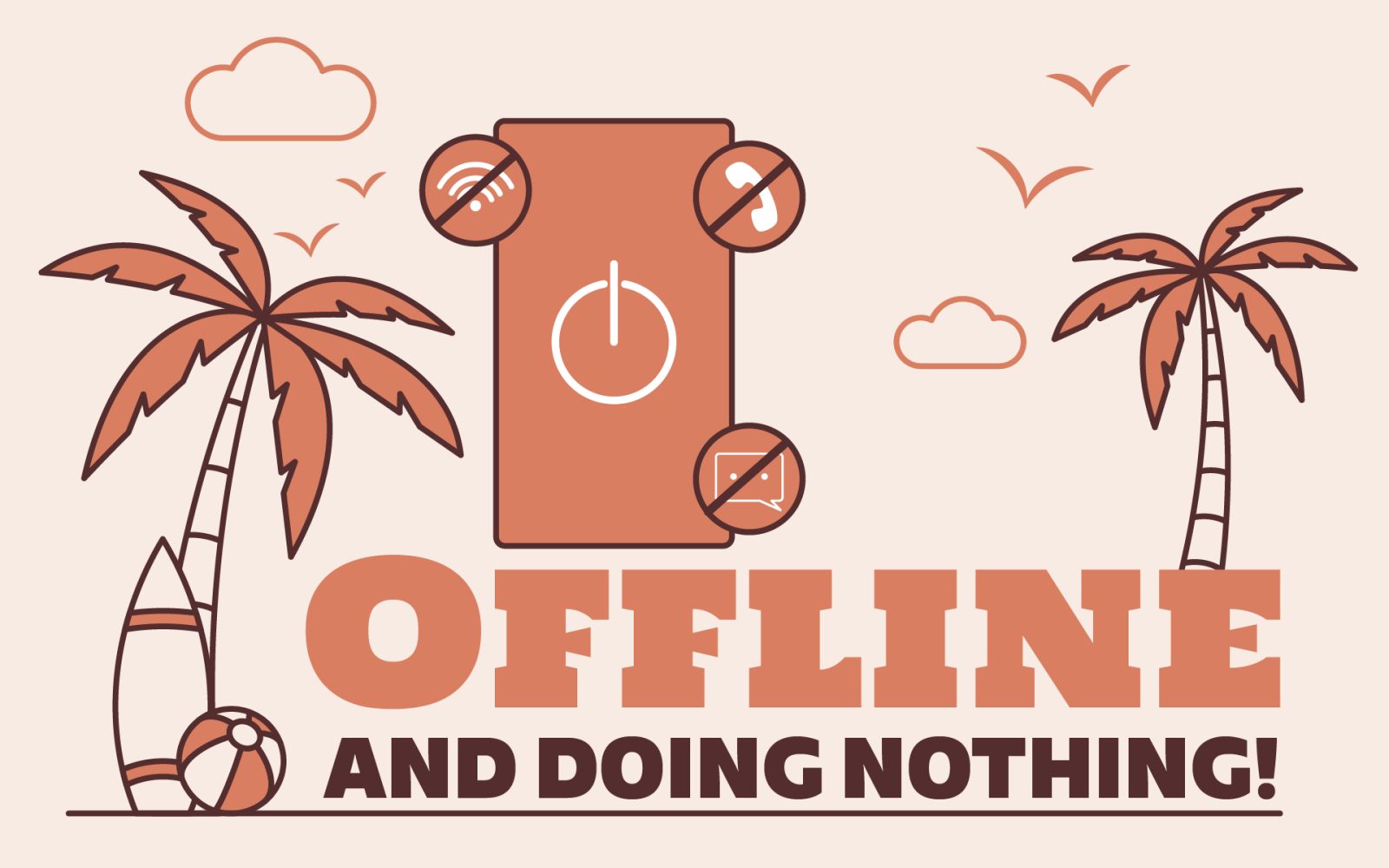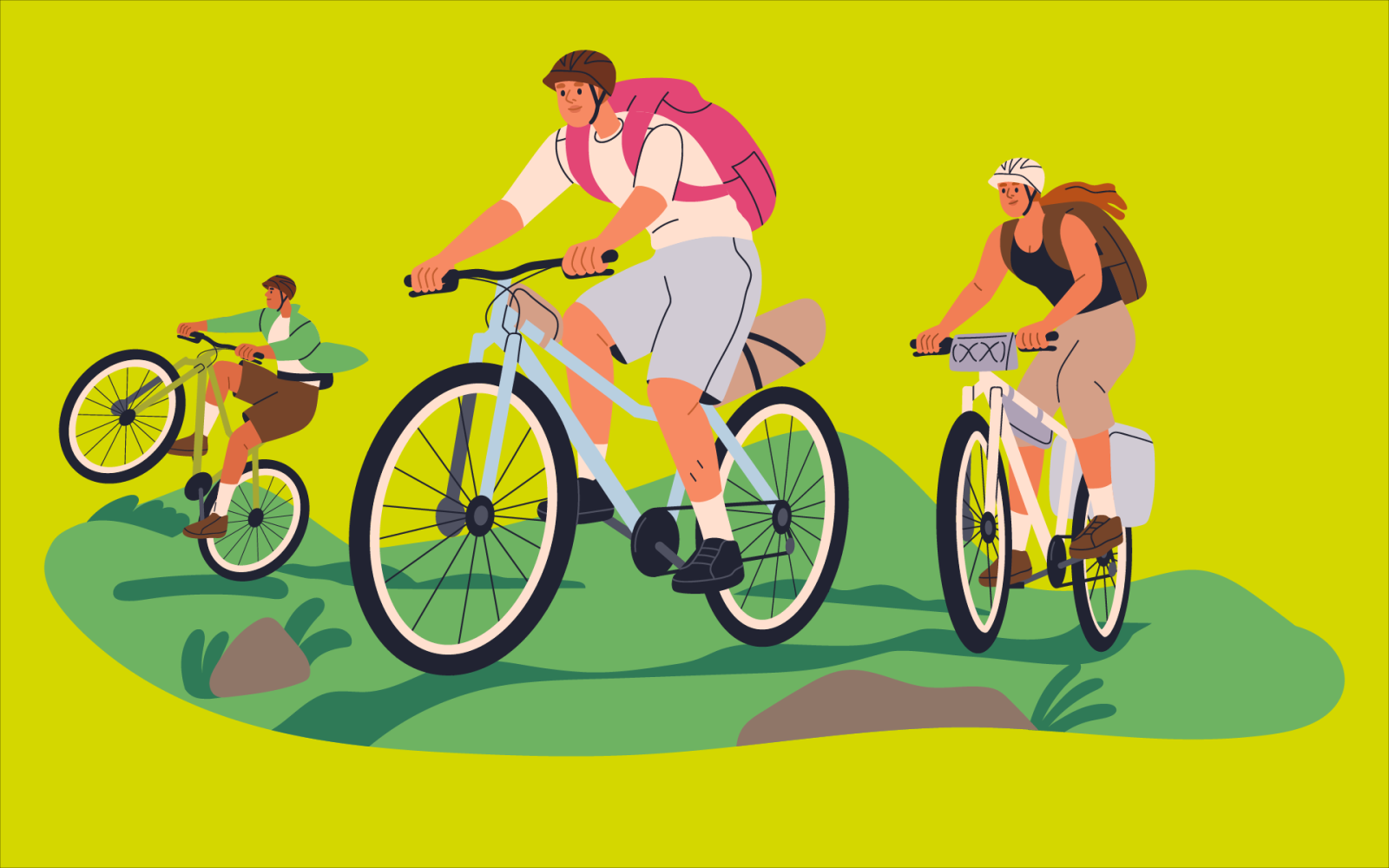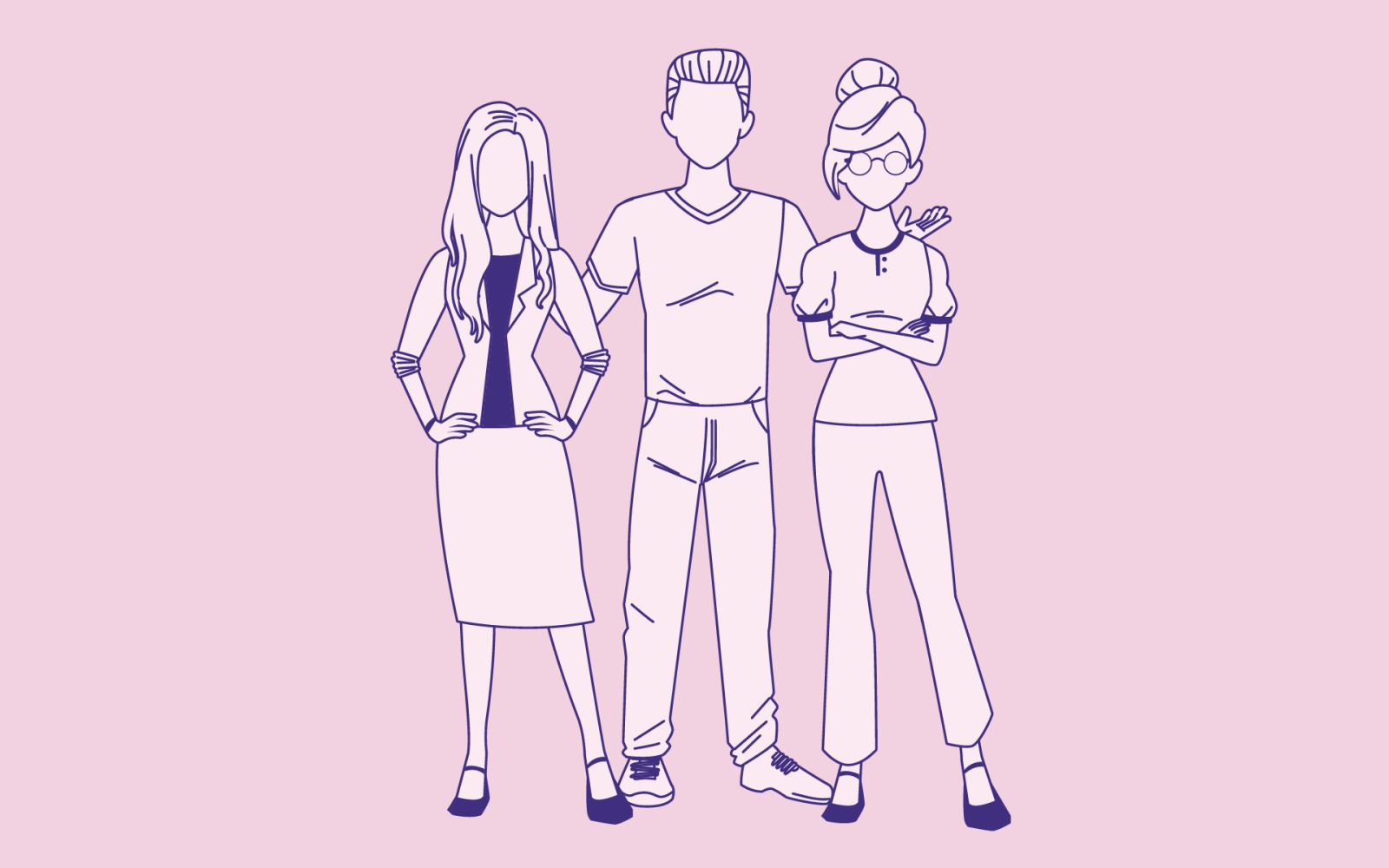Radical optimists of the world, unite!

A guide to a new way of thinking and a new wave of action.
There’s a ritual I’ve developed that I’m not particularly proud of. Each morning, I reach for my phone and shuffle between news apps – The Guardian, Financial Times, Al Jazeera – trying to get what I tell myself is a “balanced view” of the world.
Within minutes, I’m overwhelmed by stories of wildfires consuming entire regions, glaciers disappearing faster than scientists predicted and, closer to home, the grinding reality of infrastructure decay and inequality that defines life in Johannesburg at the moment.
So, I escape. I switch to Facebook, scrolling through videos of dogs doing ridiculous tricks, mountain bikers defying gravity, musicians jamming on late-night shows. It’s my digital refuge from the helplessness that creeps in when the world feels too broken to fix.
For the longest time, I thought I had only two choices. Sink into cynicism (the planet is doomed, why bother?) or force myself into toxic positivity (just think happy thoughts and everything will be fine!). Both felt exhausting. Both felt like giving up, just in different ways.
But recently, I discovered a third option that’s changing how I navigate this beautiful, broken world of ours: optimism as a radical act.
I’ve started thinking about how we respond to the world’s challenges along two dimensions: whether we acknowledge reality as it truly is, and whether we choose to act or remain passive. This creates four distinct approaches:
Toxic positivity sits in the corner of denial and passivity. It’s the “good vibes only” mentality that refuses to acknowledge pain or complexity. It silences the very conversations we need to have and leaves people feeling isolated in their struggles.
Cynicism acknowledges that things are genuinely difficult, but surrenders all agency. It sees reality clearly but concludes that nothing will ever change, creating a self-fulfilling prophecy that reinforces the status quo.
Escapist idealism takes action, but builds on shaky ground because it ignores reality. It’s the “if we just manifest it, the universe will provide” approach that burns people out when magical thinking meets immovable obstacles.
And then there’s optimism as radical act, the approach I’m learning to embrace. It says: “Yes, the world is broken, and yes, it can be remade.” It combines clear-eyed honesty about how things are with the energy to change them.
True optimism is rebellion. It insists that a better future is possible, and in doing so, it breaks the spell of inevitability that keeps oppressive systems in place.
When Greta Thunberg stands before world leaders and demands action on climate change, she’s not being naive about the enormity of the challenge. She’s choosing to believe that change is possible despite overwhelming evidence of entrenched interests and systemic inertia.
This kind of optimism threatens systems that depend on our despair and resignation. It’s why choosing hope feels so subversive in a world that profits from our cynicism.
The science of hope
Neuroscientist Tali Sharot’s research reveals something fascinating: optimism isn’t just personality – it’s hardwired into our brains as a survival mechanism. Even in crisis, our minds naturally tilt toward hope. We are literally built for resilience.
Psychologist Martin Seligman took this further, showing that optimism is trainable. It’s about how we explain events to ourselves: Do we see setbacks as permanent or temporary? Pervasive or specific to one area? Personal failures or external challenges we can address?
The difference matters enormously. People with an “internal locus of control” – those who believe they have power to shape outcomes – are more likely to take action, persist through difficulties, and find creative solutions.
Small acts, big shifts
I’ve started experimenting with what I call “applied optimism” – practical ways to live this philosophy daily. Some of the most powerful practices are surprisingly simple:
Name the real, then name the possible. When I catch myself thinking “this is terrible,” I’ve learned to add: “and it could also lead to…” For example: “The economic situation feels chaotic, and it could also be a chance to discover new ways of creating value.”
Daily agency check. Each morning, I write down one thing within my control that day, no matter how small. Over time, this builds confidence in my ability to influence outcomes.
Hopeful story-hunting. I’m looking at ways to curate my social media feeds, or choose to read in a way that means I consume at least one story daily of positive social change, innovation or resilience.
Radical gratitude with teeth. Instead of fluffy appreciation, I connect gratitude to action. “I’m grateful for clean water, which means I’ll support water access projects.” Gratitude becomes fuel for engagement rather than an end in itself.
Optimism buddy system. Optimism grows in community, so it helps to share intentions with a friend or small group. Each week, you swap “optimism wins” – moments when you resisted despair and chose agency.
Language shift. I’m replacing “but” with “and” when facing challenges. Instead of “The situation is difficult, but I need to stay positive,” I say “The situation is difficult, and I can explore new approaches.” This simple change primes my brain toward possibility rather than contradiction.
The ripple effect
What I’m discovering is that optimism is contagious in the best possible way. When we choose hope over resignation, when we act despite uncertainty, we give others permission to do the same. We become proof that another way is possible.
This doesn’t mean ignoring problems or pretending everything is fine. It means acknowledging the depth of our challenges while refusing to surrender our agency to shape what comes next.
In a world that often feels like it’s spinning out of control, perhaps the most radical thing we can do is believe that our actions matter, and that change is possible. That the future, however uncertain, remains unwritten.
Maybe optimism isn’t the consolation prize we settle for when we can’t handle reality. Maybe it’s the tool we need to change it.




